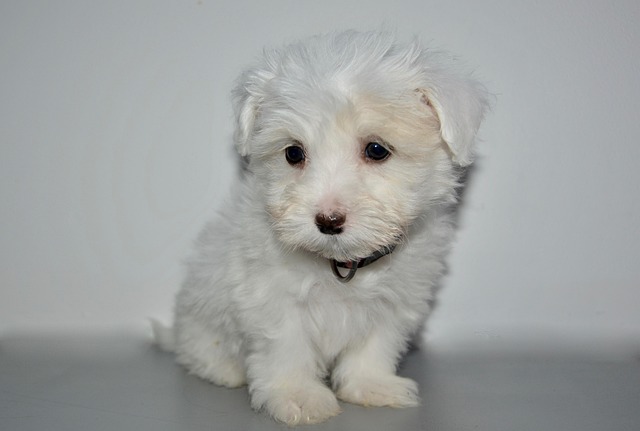
How can I tell if my dog's heatstroke is serious
Let’s be real: It’s a sticky August morning in Los Angeles, and you took your 2-year-old Golden Retriever, Max, for a walk a little later than usual
Watching your pup gnaw through shoes or furniture when anxiety hits is never easy. It’s a common struggle for pet parents—those moments when their tail droops, paws tap, and teeth find anything but a proper outlet. The good news? The right toys can turn that destructive energy into something healthy, keeping both your home and your dog calmer.
Puzzle toys are a game-changer here. They’re not just about passing time; they make your dog work a little, which eases that restless tension. Think of toys with hidden nooks for treats—ones they have to nudge, roll, or paw open. It’s like a mental workout that rewards them, and by the time they get that snack, their focus shifts from stress to satisfaction. Plus, they come in all toughness levels, so even the most determined chewers can’t destroy them in five minutes.
Chew toys designed for heavy use are another must. Dogs chew to soothe themselves, so giving them something safe to sink their teeth into matters. Look for rubber toys that bounce a little or nylon bones with textured surfaces—they hold up better than flimsy plush and give that satisfying “give” when bitten. Just keep an eye on wear and tear; replacing a toy once it starts to fray is smarter than dealing with a choking risk later.
 Interactive toys that get you involved help too. Tug ropes or fetch balls aren’t just fun—they’re a chance for you to connect, and that attention alone can ease anxiety. A quick game before you leave the house might make your departure less stressful, or a 10-minute toss in the yard after work can burn off that pent-up energy. It’s a win-win: your dog feels loved, and their need to chew gets redirected into play.
Interactive toys that get you involved help too. Tug ropes or fetch balls aren’t just fun—they’re a chance for you to connect, and that attention alone can ease anxiety. A quick game before you leave the house might make your departure less stressful, or a 10-minute toss in the yard after work can burn off that pent-up energy. It’s a win-win: your dog feels loved, and their need to chew gets redirected into play.
Safety always comes first, though. Check labels to make sure materials are non-toxic—no small parts that can break off, and sizes that fit your dog (a Chihuahua shouldn’t tackle a toy made for a Mastiff). Local rules might have guidelines on toy safety too, so keeping those in mind keeps everyone compliant and secure.
Beyond toys, remember that every dog is different. Some calm down with a soft, squeaky toy they can cuddle, others need the challenge of a hard rubber puzzle. It might take a few tries to find what clicks, but paying attention to what keeps their tail wagging (and teeth off the couch) is key. And if anxiety feels overwhelming, looping in a vet or trainer can help pinpoint triggers—sometimes toys work best alongside a little extra support.
At the end of the day, it’s about finding what makes your dog feel secure. Those toys aren’t just objects; they’re tools to help them cope, to turn stress into something positive. With a bit of patience, you’ll land on the perfect mix—ones that keep their jaws busy, their minds engaged, and your home intact.

Let’s be real: It’s a sticky August morning in Los Angeles, and you took your 2-year-old Golden Retriever, Max, for a walk a little later than usual

You're enjoying a summer afternoon at the park when you notice your dog has stopped panting and appears disoriented - their gums are bright red

Let’s paint the picture: You’re in your Denver apartment, watching your 4-year-old Boston Terrier, Ruby, plop down mid-play session with her favorite toy

Many dog owners notice their pets nails seem shorter after regular walks,but how much does this daily activity actually help?The answer depends on where you walk—concrete sidewalks or asphalt streets gently file nails as a dog's paws hit the ground

Most dog owners notice their pup scooting across the carpet at some point, but few connect it to impacted anal glands. These small sacs near a dog’s rectum secrete a scent for marking territory

Most vets agree that regular dog teeth cleaning is key to avoiding painful dental issues later. For healthy adult dogs, a professional cleaning at the vet’s office every 12 to 18 months usually works well.